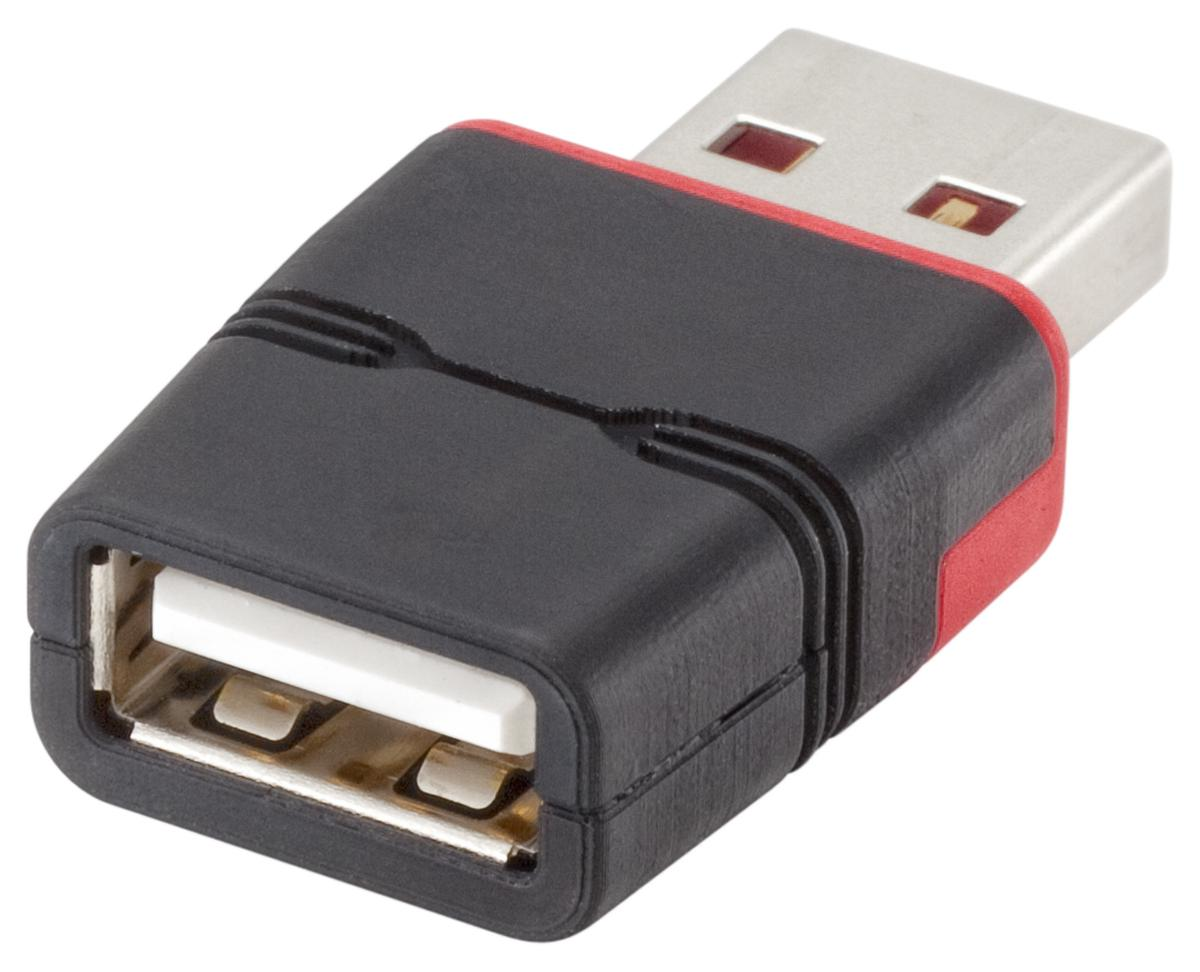A magnetic connector is an electrical connection method that relies on a
magnetic force to make and maintain a connection. These connectors are commonly
used in mobile medical equipment and can join subsections of circuits together
for strain relief. Let's look at some of the benefits of magnetic connectors.
Listed below are some of the main benefits of magnetic connectors. Listed below
are some examples of applications. And, as you can see, they're useful in more
than just medical equipment.
Magnetic connectors are an electrical connection method that relies on a magnetic force to make and maintain a connection
This type of electrical connector uses a magnetic force to make and
maintain definite connections. Magnetic connectors are mounted on a board, cable,
or component. As with all connectors, there is a limited life expectancy. A
typical lifetime of a USB connector is several thousand cycles, but
board-to-board connectors in consumer electronics are limited to tens of
cycles.
A magnetic force is applied to a cable, which results in a
high-frequency magnetic field. The strength of this field depends on the
variation in current, mutual inductance coupling, and the load impedance of the
cable. To reduce this disturbance, resistors are connected in series and
ferrite gaskets are used. Twisted-pair cables are made from two pairs of wires
that are spiralled to maintain the electrical properties of the medium through
their length.
Another method of electrical connection is the use of relays. A relay is
a device that provides an electrical connection between two points. The most
used electrical relays are electromechanical relays. They offer basic control
of electrical equipment by allowing them to be turned "ON" and
"OFF" with the push of a button. While a switch interrupts the
electrical supply, it has several disadvantages. A switch must be physically
switched to turn it "ON". Also, it is relatively slow and is only
able to switch a small amount of electrical current.
They are Used to Join Subsections of Circuits Together
The primary function of Magnetic Connectors is to join separate circuits
together. The force that they exert on each other is determined by their
contact structure and positive pressure. Another factor affecting the force is
the sliding friction coefficient. Dimensional accuracy of the contact
arrangement and alignment are also significant factors. In general, the
strength of a magnetic connector is dependent on the type of material used. To
choose the correct magnetic connector, you should know your exact application.
The basic structural components of the magnetic connector include a
contact piece, insulator, shell, and accessories. The contact piece is the
central part of the connector. There are two contact pieces: a male and a female.
The male contact piece is the rigid part that completes the electrical
connection. The male contact is generally made of brass or phosphor bronze. If
a female contact piece is used, it can be flat or cylindrical.
They are used in Mobile Medical Equipment
Magnetic connectors offer optimal solutions for power and data
transmission for a variety of applications, from implantable devices to
portable monitoring systems. Due to their durability, magnetic connectors are
typically specified for 2,500 to 10,000 mating cycles. Furthermore, magnetic
connectors are designed to withstand a wide variety of hazards associated with
medical environments, such as chemical exposure and sterilization processes.
This makes magnetic connectors an excellent choice for medical equipment.
Other applications of magnetic connectors include medical beds and
patient monitoring devices. These devices are often attached to the patient for
a long period. Magnetic connectors enable the breakaway of connections safely.
These devices also support nurse calling systems, hospital infotainment
systems, and medical beds. These medical devices are often connected to a
patient for long periods and may require repeated mating cycles. The advantages
of magnetic connectors are numerous, and their use is growing rapidly.
They Provide Strain Relief
Strain relief connectors are an excellent choice in dynamic
applications. They help protect cables and wires from external forces while
reinforcing electrical and mechanical integrity. In addition, they are easy to
install and eliminate the need for heat shrink boots or mechanical strain
reliefs. In addition, these connectors can include cosmetic features such as
thumb pads or extended strain relief. Listed below are some examples of uses for
strain relief connectors.
An exemplary magnetic connector comprises a housing 610 and a cable 630.
A strain relief 620 protects the cable. In addition, magnetic receptacles
include a magnetic target and a pin 1230 that is electrically connected to a
trace on a board. Ground contact is also included in a connector receptacle.
The insulator surrounds the pin and serves as a protective space for the cable.






إرسال تعليق